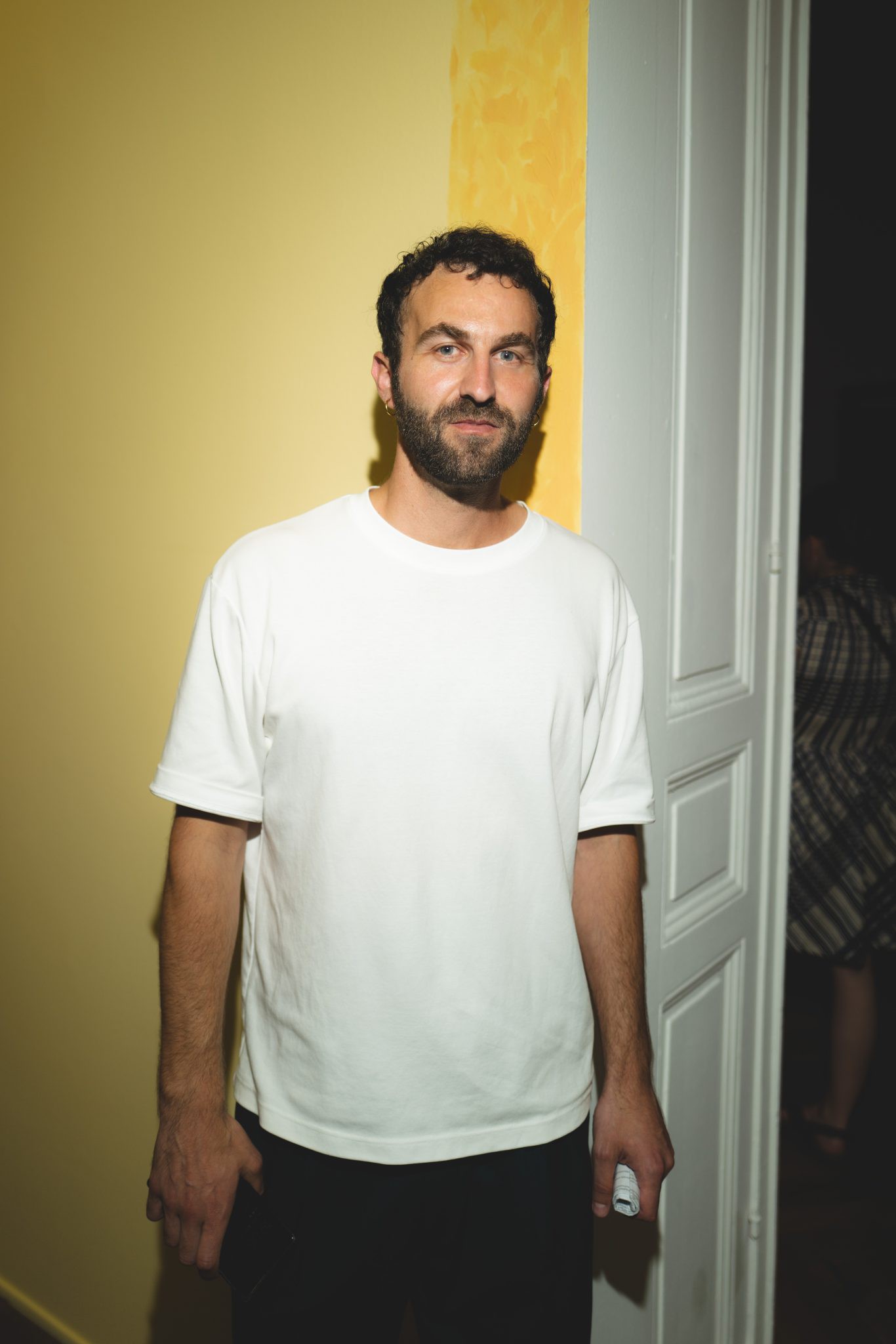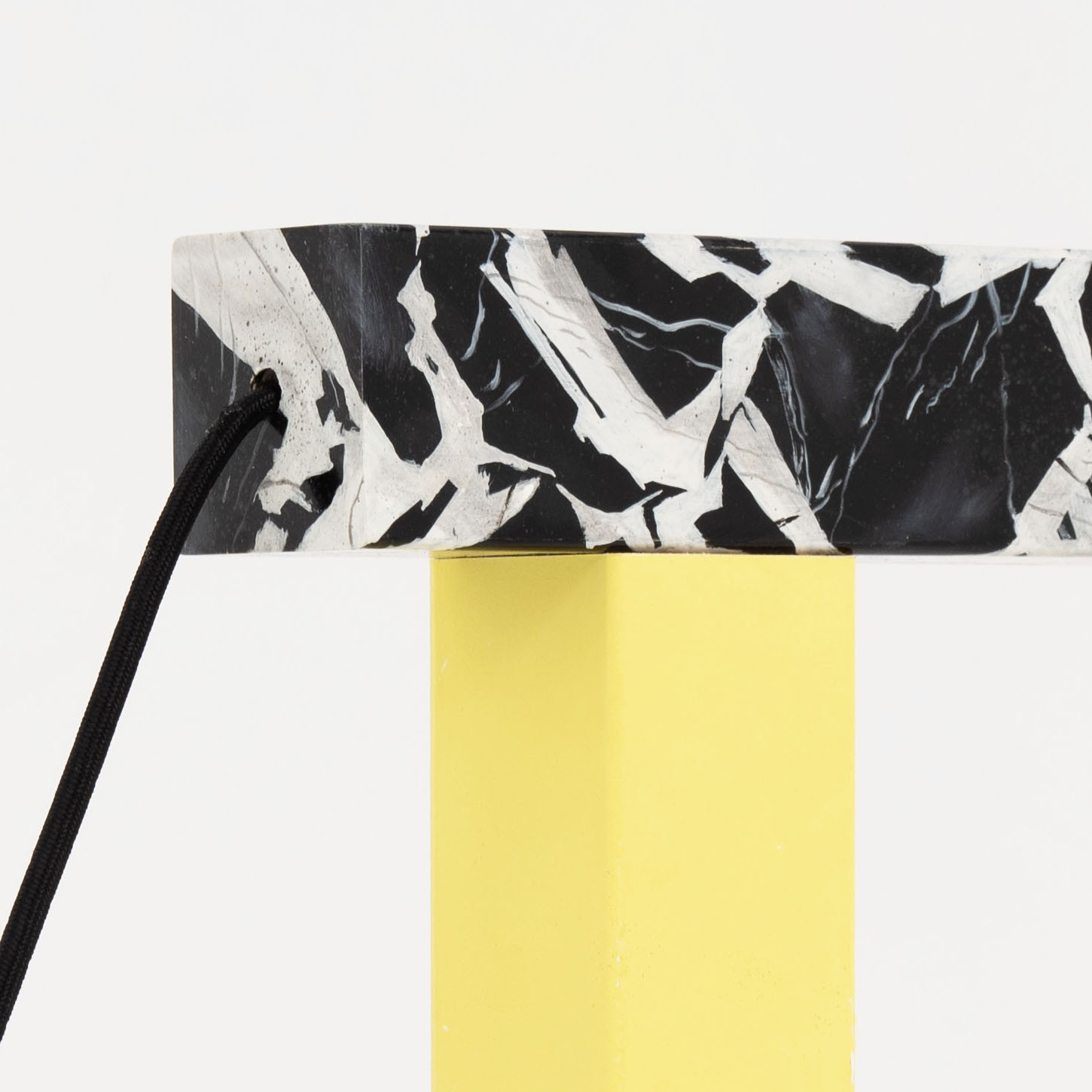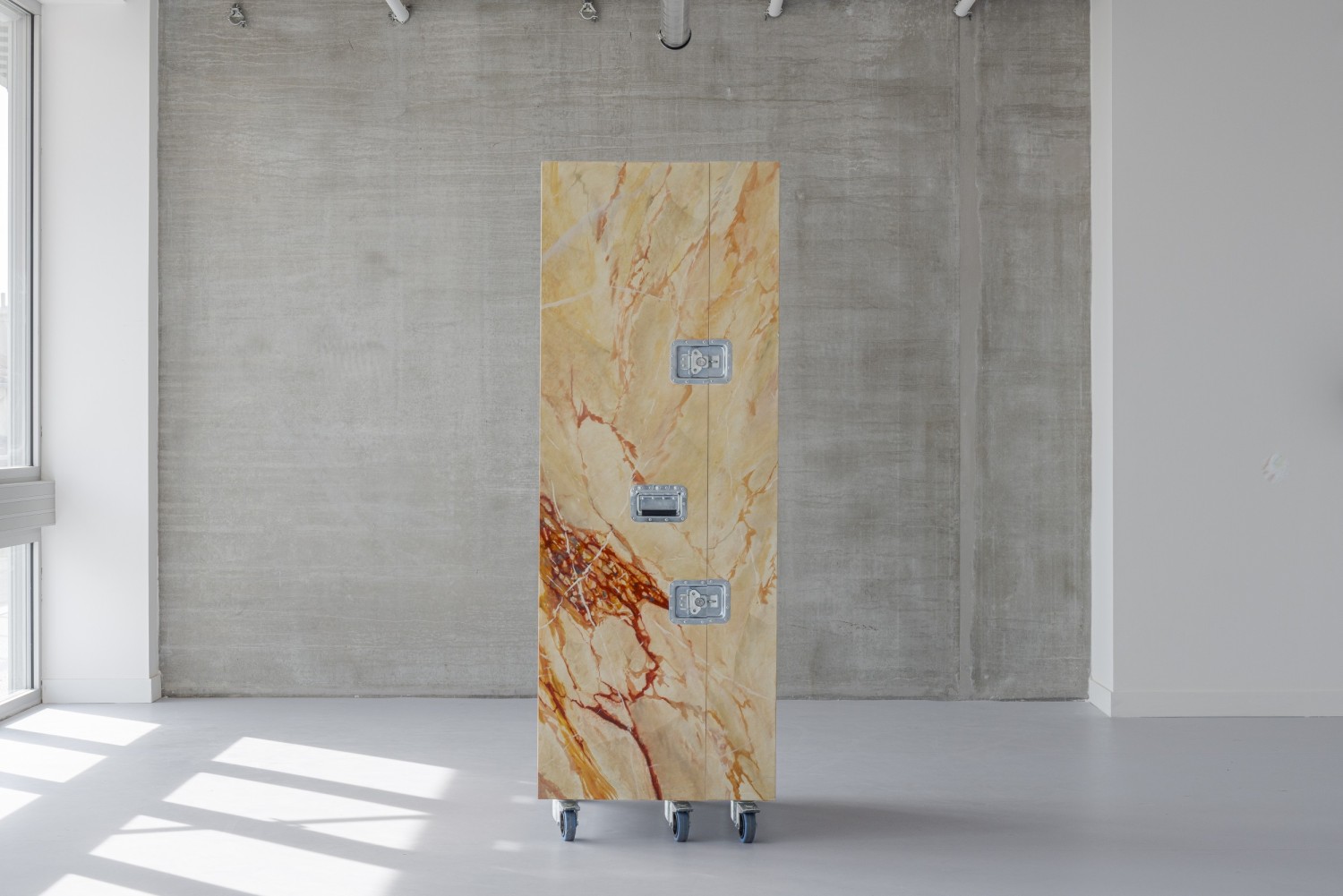Through his interior architecture and design agency – Emilieu Studio – Paul Emilieu envisages alternative solutions that combine ecology, economy and aesthetics.
For some, interior architecture with a low ecological impact is required by the legislative framework. For others, it stems from an economic constraint, or is part of the continuity of an ideological heritage. Inspired by his parents, pioneers in the processing of gluten-free organic products using reused equipment, Paul Emilieu has rooted his work in this approach.
His studio’s first project bears witness to this. In 2011, he designed the scenography for artist Yann Toma’s ’Dynamo Fukushima’. The original installation invites visitors to pedal hundreds of bicycles to light up the Grand Palais, demonstrating the effectiveness of renewable energies. Over the years, his approach has evolved with the legislation providing structure, in particular the French AGEC law on the fight against waste and the circular economy, which gradually extends the obligation to reuse. He works with public institutions, which are the first to be involved, such as the umbrella organisation, the Réunion des Musées Nationaux, designing items that can be reused in the long term.
“Sometimes making something new is the best option, for reasons of lifespan.” Emilieu Studio approaches every project with a contextual analysis centred on use, revealing how each architectural decision can transform social interactions and the way we live. Interior architecture, often neglected in this respect, is seen as a major ecological lever. Paul Emilieu began thinking about this issue as soon as he joined the Camondo school, surrounding himself with sociologists, economists, philosophers (editor’s note: Bernard Stiegler) and specialists in organisational science, with a view to theorising and applying his fundamental principles.
Researcher, interior architect, designer, author… Paul Emilieu’s many facets reflect the breadth of his scope. In his image, Emilieu Studio designs modular and sustainable facilities, adapted to new management and learning styles, where sourcing, re-use and resource recovery play a pivotal role.
For the fitting-out of the Camondo school in Toulon, a Dezeen Awards winning project in the interior architecture category, all the furniture was made from existing materials. Embellished with decorative paints, facsimiles of faux marble revisited in the colours of local stones, these creations are not limited to reuse: they prove that age-old techniques from the decorative arts can support an ecology that is desirable for future generations. •
How is sustainability evolving in interior architecture?
Far from communication effects, the only thing that has really evolved is legislation, but I remain optimistic. Ten years ago, ecology was still marginal. Today, the corporate momentum is there. Admittedly, the impetus comes more from an imperative than a choice, but it is encouraging the development of reuse. As proof of this, experimental initiatives dedicated to the sourcing of reused materials have been structured and spread. The challenge now lies in creating supply chains, with the logistics and storage capacity that this requires to strengthen our impact.
What measurement bodies and trust labels can we rely on?
There are labels like B Corp to assess the integrity of companies, and standards like RE 2020 that are more specific to buildings and influence interior architecture in terms of insulation… Nevertheless, impact measurement tools are still rare in the sector, and too costly for SMEs. Once again, the AGEC law has authority, with the introduction of the reparability index, an eco-design factor. Unfortunately, the sustainability index, which was also in the pipeline, has been abandoned for smartphones. And we can fear that deregulation will accelerate in the current international context.
What projects are you currently working on?
We’re developing a series of objects made from marble offcuts, with a dual ecological and economic focus: to make the most of the materials used by a marble artisan through an optimised process. These pieces, designed in collaboration with the studio mo-mo, combine the skills of sculptor Audrey Guimard and cabinetmaker Mobilier Singulier.
We are also working on the design for Villa Hegra, a new Franco-Saudi art and cultural institution due to open in 2027. It’s a cross-disciplinary project involving the interior architecture of the temporary villa, the furniture for the artists’ studios and user-assisted project management. Finally, I’m working on a new book with Marin Schaffner on interior architecture and ecology. •


